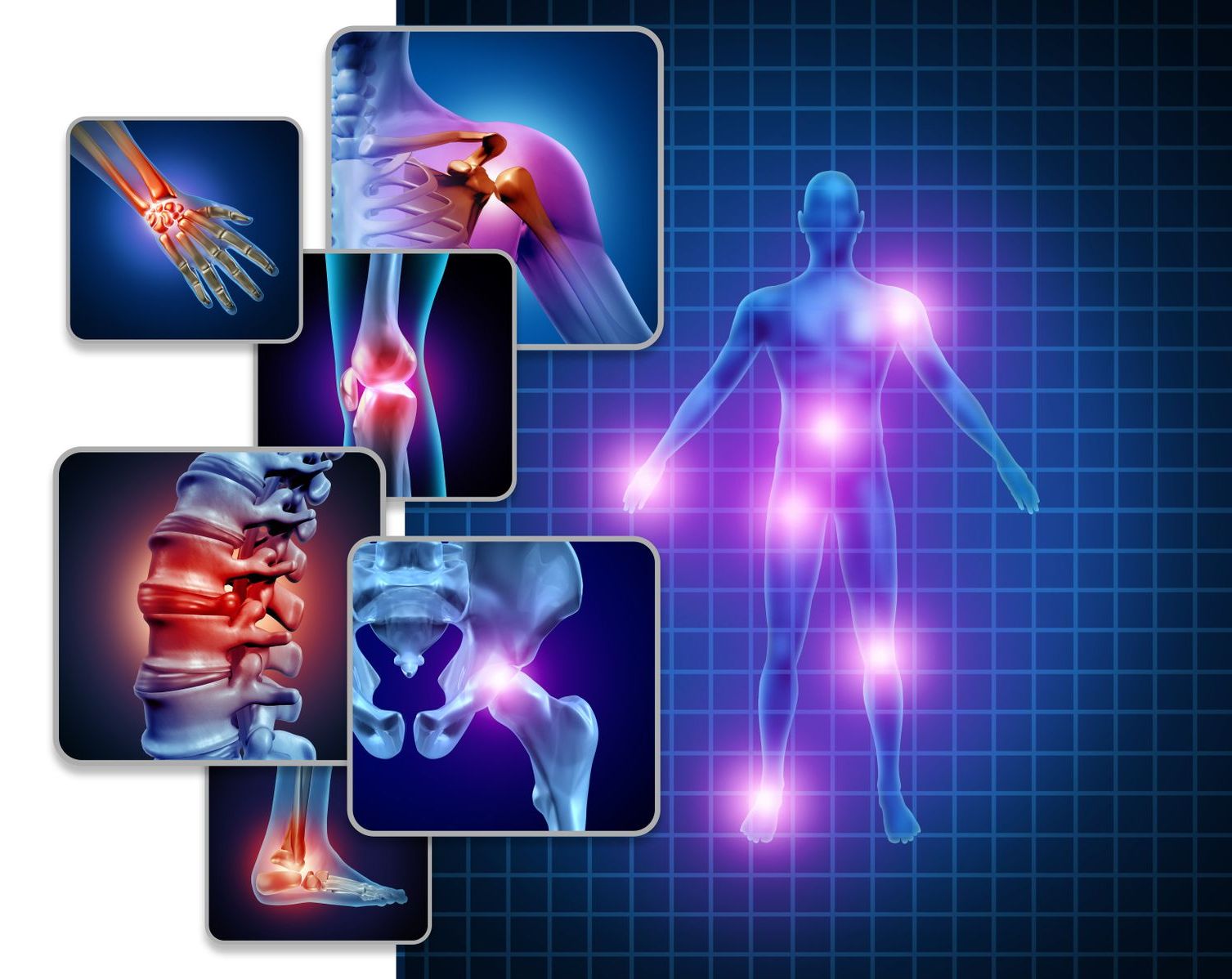- HOME
- ABOUT US
- WHAT IS AiARTHRITIS
- Diseases
- Rheumatoid Arthritis (RA)
- Psoriatic Arthritis (PsA)
- Systemic Lupus Erythematosus (SLE)
- Sjögren's Disease (SD)
- Axial Spondyloarthritis (AxSpA)
- Crohn's Disease
- Sarcoidosis
- Relapsing Polychondritis (RP)
- Systemic Sclerosis/Scleroderma (SSc)
- Behcet's Disease (BD)
- Palindromic Rheumatism (PR)
- VEXAS
- Antisynthetase Syndrome (ASS)
- Mixed Connective Tissue Disease
- JIA
- Familial Mediterranean Fever (FMF)
- HIDS (hyper-IgD syndrome, a mevalonate kinase deficiency)
- Cryopyrin-Associated Periodic Syndromes (CAPS) - Familial Cold Autoinflammatory Syndrome, Muckle-Wells Syndrome
- Schnitzler Syndrome
- Chronic Nonbacterial Osteomyelitis (CNO)/Chronic Recurrent Multifocal Osteomyelitis (CRMO)
- Still's Disease
- All Diseases
- Diseases
- OUR WORK
- RESOURCES & TOOLS
- GET INVOLVED
- CONTACT US
Palindromic Rheumatism (PR)




How to pronounce it:
Palindromic - pAL-in-droh-mic
Rheumatism - roo-muh-TIZ-em
AiArthritis defines palindromic rheumatism as:
Palindromic rheumatism (pal-in-drom-ic roo-ma-tiz-em) is a form of inflammatory arthritis. It causes attacks or flare-ups of joint pain and inflammation that come and go. The joints look and feel normal between attacks, and the attacks don’t cause any lasting damage to the joints. Palindromic rheumatism affects both men and women equally and typically affects people between the ages of 20 and 50.
Symptoms
Symptoms of AiArthritis Diseases Regardless of Diagnosis



Common in All AiArthritis Diseases
- Periods of worsening symptoms are called flares. A flare can last for hours, days, weeks, or months.
- Condition improves with activity and exercise and worsens with rest.
- When inflammation is left uncontrolled due to lack of proper treatment, comorbidities can develop. 70% of patients with chronic, lifelong disease will develop comorbidities, including dual or triple diagnoses.
- Autoimmune diseases run in families. If anyone in your immediate family (parents, siblings) or extended family (aunts, uncles, grandparents) have been diagnosed with ANY autoimmune disease, there is the possibility of genetic predisposition.
“Auto” Symptoms
- Severe fatigue or exhaustion that may not be helped by caffeine/stimulants and can happen even after a long period of rest.
- “Brain fog” - or periods of time where thinking gets clouded and it becomes difficult to concentrate.
- Flu-like symptoms, without having the flu- nausea, muscle weakness, and general malaise.
- Fever, typically low grade in autoimmune and higher grade in autoinflammatory (% strongly varies per disease).
Reference: Early Symptoms of AiArthritis Study, AiArthritis, 2019.
Inflammatory Arthritis Symptoms
- Severe stiffness in one or more joints, especially in the morning or after sitting for long periods of time.
- Episodes of joint pain that may last for hours, days, or even weeks, that can appear and disappear suddenly. Often described as “jumping pain” into different locations.
Typically the joint pain will coincide with one or more “Auto” symptoms and start and stop suddenly - for no apparent reason (which is called a "flare"). Some people will experience all of the above symptoms, others only a few. If you have any of the arthritis features, and at least one of the “Auto” features, please consult your physician about a referral to a rheumatologist.
Symptoms Often Associated with Palindromic Rheumatism:
- Sudden, multiple, recurring attacks (last a few hours to a few days), return back to normal after
- Tendon pain and stiffness
- Joint commonly affected: fingers, wrists, and knees
- Limited range of motion during flare

What fellow patients want you to know
Do you have Palindromic Rheumatism? Let us know what YOU would want those with Palindromic Rheumatism or those who are not yet diagnosed to know!
More About Palindromic Rheumatism
Diagnosing Palindromic Rheumatism

There’s no single definitive test that can confirm a palindromic rheumatism diagnosis, so rheumatologists look at a combination of physical exam, blood tests (ESR, CRP, antibody tests), and imaging (x-ray), along with a family history of autoimmune or autoinflammatory disease. It is important to try to get tests and imaging done during an attack or flare since the symptoms are intermittent. If unable to get to a doctor during the attack, documenting symptoms with pictures and logs is essential.
Interesting Facts about this Disease

- The cause of palindromic rheumatism is unknown, although a possible allergic origin has been suggested.
- About 33-50% of the people who have palindromic rheumatism eventually develop rheumatoid arthritis (RA)
Other Resources
In an effort to ensure this page has the most accurate and up-to-date information, this page is currently awaiting medical review. Some information is subject to change.
Page Last Updated: 9/1/2023
Sign up for our newsletters
International Foundation for AiArthritis
6605 Nottingham Ave.
St. Louis, MO 63109-2661
Toll Free: 1-877-609-4226
Text: 1-314-282-7214
Copyright 2024. All rights reserved. Information on this site is intended for informational purposes only Our foundation does not engage in the practice of medicine. Please consult a physician to obtain personal healthcare and treatment options. 501(c) 3 Nonprofit Tax ID: 27-1214308.


